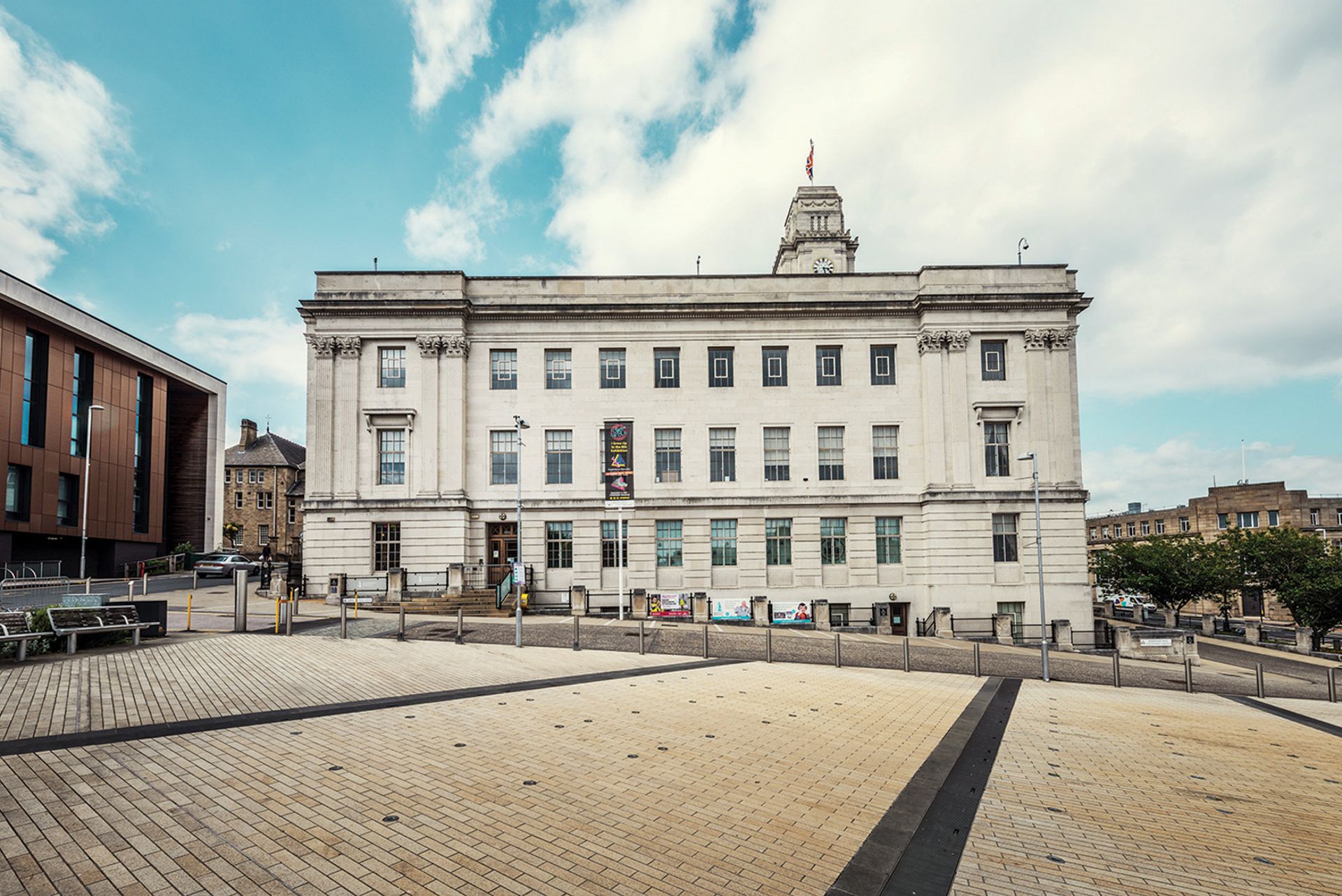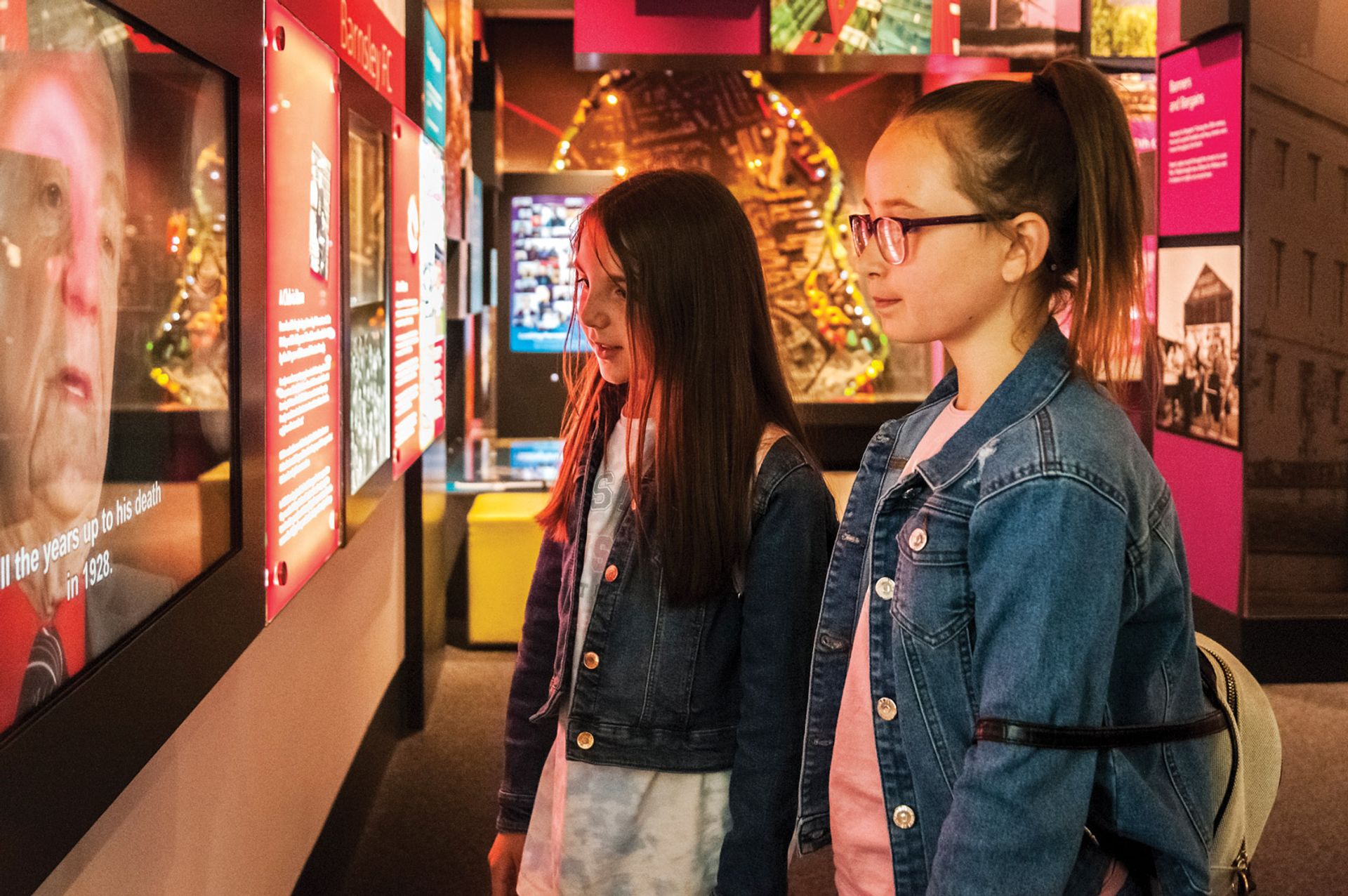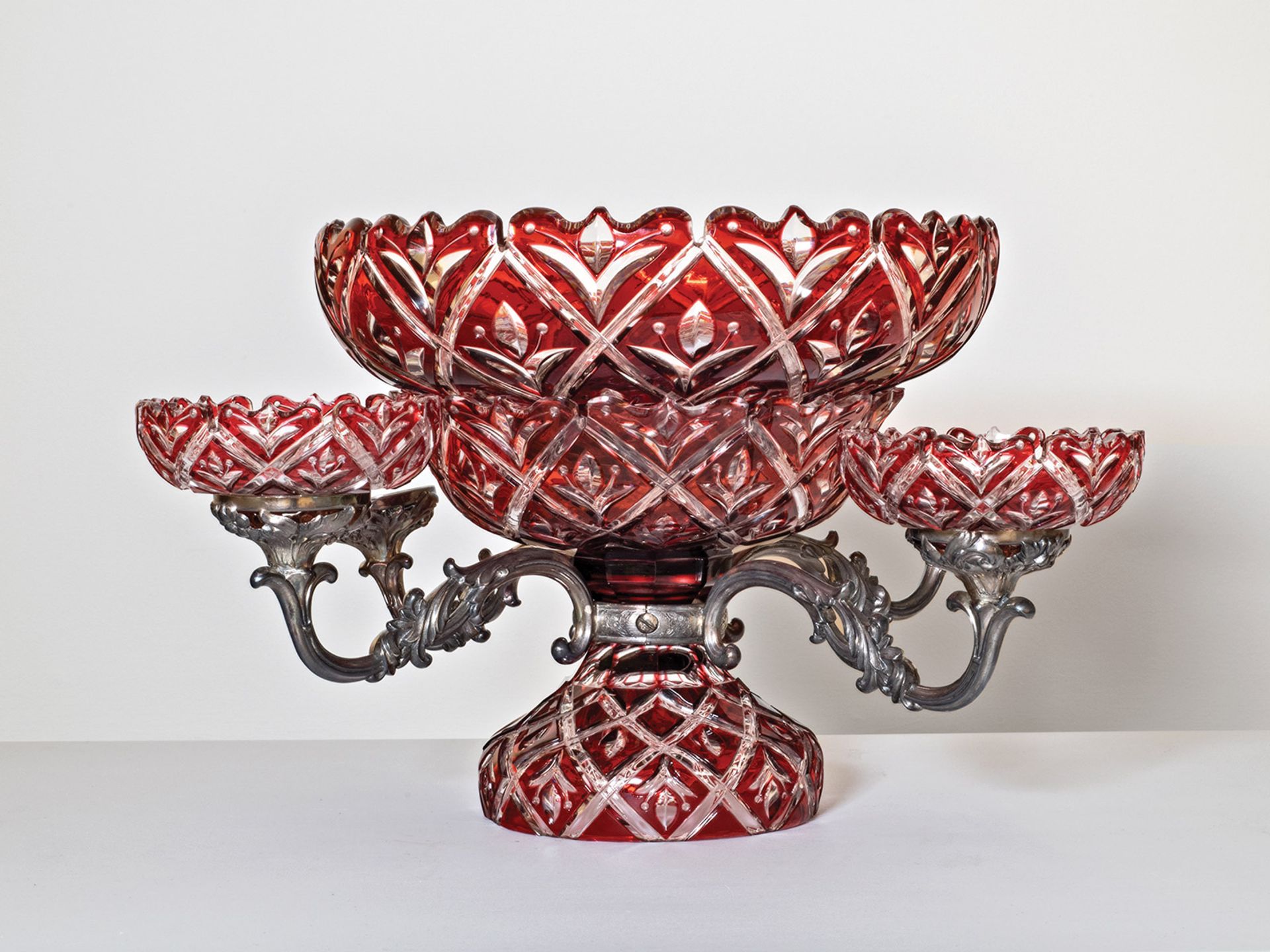• Read more about the Art Fund Museum of the Year Award 2021 here
A trip to the town hall is usually fleeting and official: to register a birth, death or marriage. This was the case in the South Yorkshire town of Barnsley, too, until someone came up with the idea of turning part of the grand 1930s building in Portland stone into a museum. “The councillors were based in the town hall with their support officers, but it was a dead building; the public didn’t really access it,” says Lynn Dunning, the head of Barnsley Museums. “It was a great democratic kind of thing to open up this iconic building and tell the history of Barnsley in that space.”

Experience Barnsley is located in the Barnsley's grand 1930s town hall © Marc Atkins/Art Fund 2021
Since 2013, Experience Barnsley has traced the history of the borough from 360 million years ago through its industrial and coal-mining heritage to its starring role in the 1969 film Kes. Unlike many towns and cities, Barnsley had no established historical collection, so the museum’s curators unearthed the hidden treasures in local people’s attics, garages and sheds. Their discoveries were marvellous and eclectic, ranging from a 5,000-year-old Neolithic stone axe head (in use as a doorstop) to a riot shield stolen from the police during the 1984-85 miners’ strike (on display with permission from South Yorkshire Police).
The result is “a museum of and for the people”, says the community heritage curator Steven Skelley. “Every object in here is associated with a person and a person’s story”. Even the items that were not selected for the final collection were photographed along with their owners so they can be requested at a later date if necessary.

Steven Skelley, community heritage curator at Experience Barnsley Courtesy of Experience Barnsley Museum & Discovery Centre
“People were quite surprised when they saw that the museum was so fabulously done, and we would treat a pair of shoes that were worn on a night out in the same way the British Museum might treat an Egyptian artefact,” Dunning says. “It has really generated a massive sense of pride. It shows that the people of Barnsley can have something really special and feel proud of their stories and achievements from over the generations.”
A wander around the large vitrines that hold these intriguing finds—Skelley estimates that there are around 4,000 or 5,000 pieces in the collection—soon reveals why pride is the obvious response. Within a few minutes, a visitor learns that the hydraulic press, bottle banks, miners’ safety lamps and Marks and Spencer’s Colin the Caterpillar cake were all invented in Barnsley. It also transpires that the town was a world leader in canister and glass production. The museum’s rich and colourful presentation does much to debunk misconceptions about the area, proving there is much more to Barnsley than coal.

Experience Barnsley’s curators built the borough’s first historical collection out of donated treasures from residents’ attics, garages and sheds
As a people-centric museum, Experience Barnsley was quick off the mark in responding to the needs of its community when Covid-19 hit. Digital programming was quickly expanded to include gallery and exhibition tours, daily jigsaw puzzles that attracted a worldwide audience, poetry tutorials and virtual visits to the pub or back in time to Barnsley markets. “The team just really wanted to make a difference to people’s lives,” Dunning says. “At a time when people were disconnected, they asked how they could connect people and bring them together to create new experiences.”
But with an estimated 21% of Barnsley’s population lacking internet access, the museum staff knew that they would need to be imaginative to reach the most vulnerable and isolated. The initiatives they launched prompted the leader of Barnsley Council, Steve Houghton, to declare that “the dedication, passion, creativity and innovation shown by the service knows no bounds”. Inhabitants of all ages were catered for, with children on free school meals receiving activity packs and the elderly in care homes enjoying sing-a-longs and reminiscence books themed around histories of the borough. For refugee communities with limited access to technology, the museum took the practical step of buying them IT equipment.
While cuts to the arts seem rampant across the UK, Barnsley has taken a different approach: instead of furloughing, laying off or reassigning cultural staff in the pandemic, the council has continued to invest. “Culture is part of the response and part of the recovery,” explains Dunning, who reveals that since Experience Barnsley “became the most popular thing the council ever did”, the arts are seen as integral to improving quality of life.
Indeed, the museum’s hopes of winning the £100,000 Art Fund prize money are focused on the benefits to Barnsley residents. “There is another space in the town hall that I’ve got my eye on,” smiles Dunning. “Because Experience Barnsley was created with people at the start, we’d like to produce a new gallery that is co-curated with some of the communities that we’ve been working with over the pandemic to create a fantastic legacy of their stories and their journeys.”

Epergne for the 1851 Great Exhibition
Must-see show at Experience Barnsley according to the community heritage curator at Barnsley Museums, Steven Skelley: Epergne for the 1851 Great Exhibition
“Someone had this epergne [an ornamental centrepiece for a dining table] in a dust sheet at the bottom of their wardrobe, with shoes and tennis rackets piled on top of it, for the best part of the century. So it’s not in perfect condition; it has got a few chips and the little bowl is missing at the back. Queen Victoria will have walked past it at the Crystal Palace exhibition in 1851. It was made by Wood Brothers of Barnsley, a company who made very precise glass works. They were real experts—the best in the country in terms of taking the material as far as it would go. The red colouring is made from gold as that was the only way to create red in Victorian times.”
• Read about the other shortlisted museums here



